Photos by the Old Naturalist unless noted
American toads spend the winter, one to two feet beneath the ground, in sandy soils. They use their hind feet to dig. Toads often spend the winter in window wells next to homes. It has been reported that toads can live over 30 years.
Toads travel to the ponds in late April and begin breeding the first week of May. The beautiful “trilling” call of the males is the dominant night sound heard during the month of May. When breeding is complete females leave strings of eggs throughout the marsh.
After breeding, toads may move as far as 1/2 mile from the breeding ponds. Toads feed at night on worms and insects. They use their sticky tongue to capture their prey and use their front legs to put the prey in their mouth.
Toads are eaten by a variety of birds, but their primary predators are snakes. They defend themselves from predators by inflating their bodies. This makes them look larger and prevents them from being swallowed. The paratoid glands behind the eyes give off a bitter tasting poison that can make an attacker sick.
A common myth about toads is that humans can get warts from toads. Warts on toads are skin glands, while warts on humans come from a virus.
Western chorus frogs are small and common frogs of ponds and grassy wetlands. Chorus frogs are less than 2 inches in size and have a dark eye line.
Chorus frogs spend the winter close to the water’s edge under rocks and logs. They are one of the first frogs to begin singing, soon after the ice is out of the ponds. Chorus frogs are often called cricket frogs because their call sounds like cricket calls. Chorus frogs have a long breeding time which extends from early April through May. The
eggs are found in small jelly masses, attached to water weeds
Chorus frogs feed on small prey such as beetles and water insects. They normally remain within 100 yards of the breeding pond.
Bullfrogs can reach up to eight inches and are the largest frog found in Minnesota. Bullfrogs are a game species and are hunted for their tasty legs. They do not naturally occur in the Twin Cities, but have been introduced in many areas of the state.
Bullfrogs breed later than most frogs, in June and July. The call of a male bullfrog is a low booming, “jug-a-rum”. Tadpoles take one to two years to metamorphose. Young frogs take 2-5 years to develop into adults.
Bullfrogs are rarely found far from water. They will eat any of the native species of frogs and have caused the population of native frogs to be lower in areas where the bullfrog has become established. Bullfrogs will eat anything that they can fit into their mouths, including: worms, insects, small turtles, snakes, bats, mice, and ducklings. Predators on bullfrogs are raccoons, mink, pike, bass, and humans.
The gray tree frog can change colors from gray to green depending on its surroundings. They are two inches in size and have small suction cups on their feet which allows them to climb on windows and in to the treetops (over thirty feet).
Gray tree frogs overwinter under leaves on the ground. Their body completely freezes like an ice cube or “frog cube.” The frog survives by filling major body organs with an “anti-freeze” substance. Tree frogs breed in mid-May in woodland ponds. After leaving the ponds, they feed on insects living in shrubs and trees.
Spring peepers are the smallest frogs in the upper Midwest. They are approximately one inch in size. They are brown in color and have a distinctive “X” on their back. Peepers are woodland frogs and are uncommon in the metropolitan areas because they like a natural setting without humans. Housing developments and roads have caused spring peeper populations to be reduced because of loss of habitat. In the spring, peepers come to the ponds and make a “peeping” call that sounds like a chick. A pond full of spring peepers calling can be overwhelming loud.
The leopard frog is the most well known of all Minnesota frogs. It is a large green frog, three to four inches in size, with many black spots. Leopard frogs are exceptional jumpers.
Leopard frogs spend the winter buried in the mud in lakes. When the ice thaws, leopard frogs migrate to their breeding ponds.
They begin breeding in late April. The males make a low snoring call to attract females. Leopard frogs complete their breeding in only two to three weeks, but remain near the water or in wet meadows throughout the summer.
Leopard frogs feed on insects and worms. Herons, raccoons, snakes, and owls feed on leopard frogs. Humans use leopard frogs for fishing bait, and many are killed by mowers and cars.
In 1995, students from a central Minnesota elementary school discovered over 400 deformed leopard frogs. The deformities ranged from mild: an extra hind leg,(see photo below); to extreme: missing eyes, legs, and having multiple legs.
Frogs are indicators of the health of our waters. Their skin absorbs chemicals from the water. During the year, they live both in water and on land, making them susceptible to pollution. Pesticides and ultra violet light from the sun are the main factors suspected to cause the deformities.
Wood frogs are 2-3 inches, brown with a black eye line. They are woodland frogs that spend the winter in the leaf litter. They freeze solid over the winter, but their internal organs are protected by glycol, an antifreeze chemical.
Wood frogs are the first frogs to visit the breeding ponds. They are very quick breeders, often only staying at the pond for two weeks. While breeding, the males aggressively move about their territories. The male’s call is a “clucking” type sound,
similar to a chicken.
Wood frogs spend most of the spring, summer and fall in the woods eating insects. They spend the drier, warmer parts of the summer under logs. Wood frogs are eaten by raccoons, birds, snakes and mink.
Wood frogs lay eggs in masses of up to 800 eggs. The large black masses of eggs tend to have a higher water temperature surrounding them, thus allowing the eggs to hatch sooner. Eggs hatch in 2-3 weeks.
The Tiger salamander is the largest salamander in Minnesota (7-13 inches). They are found in many types of habitats including prairie ponds, farm ponds, and lakes.
They are usually only seen above ground in the spring and fall as they migrate to and from their breeding ponds.
In the spring, tiger salamanders migrate to breeding ponds where they mate and the females lay up to 100 fertilized eggs. Tiger salamander larvae remain in the pond until late August and then transform into adults. In captivity, tiger salamanders have lived 25 years.
Tiger salamanders are known to eat worms, crickets, grasshoppers, and small mice.
Blue spotted salamanders are found in moist woodlands and breed in woodland ponds. They get up to 5 inches in size.
Blue spotted salamanders breed in April. The male and female have a courtship dance in the water before the eggs are fertilized. Eggs are laid in clusters of up to 10 eggs on the bottom of the pond. The larvae transform into adults in late August. After leaving the breeding ponds, adults live underneath bark and moss throughout the summer. They eat insects, worms, and spiders.
The red back salamander is the smallest salamander in Minnesota (3 inches). Red backs are different from other salamanders in that they are only found on land and do not go to ponds to breed in the spring. The photo below shows red back eggs which are laid under logs, rocks, and leaf litter.
Red backs are found only in forest habitats. They usually stay within a 100 feet of where they are born. Red backs eat worms, sow bugs, centipedes, and spiders. They are eaten by small snakes, shrews, and larger salamanders.
The prairie skink is one of the few lizards found in Minnesota. They get up to 8 inches in size. Skinks are found in open areas with sandy soils.
They spend the winter 3-4 feet beneath the ground and become active in May.
The female digs a nest beneath a log or rock and lays about 10 eggs, which are less than an inch in size. The eggs are leathery so they won’t dry out. The tail of the young skink is blue and can be easily lost if a predator grabs it. The tail regrows within a few weeks.
Skinks flick their tongues while looking for crickets, grasshoppers and other insects. They are eaten by snakes, small hawks and raccoons.
Garter snakes are the most common snake in Minnesota. They can get up to three feet in size. A garter snake can be identified by the yellow line that runs along the top of its body. Garter snakes are active from mid-April to late October, whenever the weather is warm.
They spend the winter in holes 3-4 feet beneath the surface of the ground with as many as a dozen other snakes. In the spring they come out of their holes during warm days, but retreat into their winter homes
at night. Breeding occurs from mid-April through May before the snakes leave their winter homes. Garter snakes have live births and do not lay eggs. The young are born in late August in litters that average 25 snakes. Garter snakes are 6-8 inches when they are born and reach 18 inches after their first year.
Garter snakes eat frogs, grasshoppers, worms, fish and small mice. Hawks, foxes, herons, skunks, and raccoons are predators on garter snakes.
The brown snake is one of the smallest snakes found in the Upper Midwest. They are usually less than a foot in size. They are found at woodland edges, near marshes and ponds. They are often found with garter snakes and red belly snakes. They overwinter in deserted ant mounds and rock piles and use the same site each winter. Brown snakes may move as much as 1/4 mile to reach their wintering areas. The brown snake is a secretive snake and spends most of its time sheltered underneath boards, logs, and discarded rubbish. Brown snakes have live births with an average litter of 14 young that are no more than four inches. Brown snakes eat worms, slugs and other soft bodied animals. They are eaten by skunks, raccoons, weasels, hawks, and even robins.
Hognose snakes are two-three feet in size. They are found in sandy dry areas. Hognose snakes put on a major show when threatened. A hognose spreads its neck, like a cobra, and hisses loudly. If disturbed further it will pretend to die with its mouth open (see photos above). Then it will slither away if the attacker leaves. The main food of a hognose snake is toads. They use their snout to help them burrow. Hawks eat hognose snakes.
Another small snake ( 8-10 inches) is the red belly snake. It is closely related to the brown snake. Red belly snakes prefer woodlands but are also found in moist grassy meadows. They are active during the day in the spring and fall. During the summer, They are active at night.
To protect itself, the red belly rolls over and exposes its belly, pretending to be dying (photo to the left). Red bellies have live births of up to 20 snakes that are 3 inches long. They become adults after two years. Red belly snakes eat slugs, worms, and sowbugs. They are eaten by many types of birds and small mammals.
The painted turtle is a common turtle of ponds, lakes and marshes. They are active from mid-April to late October. Painted turtles live more than 40 years in the wild. Painted turtles spend the winter underwater in the mud on the lake bottom. While they hibernate, they are able to extract enough oxygen from the water to stay alive. Egg laying begins in late May and extends into mid summer. A female turtle migrates up to a quarter
mile from the pond to a warm sandy nesting area. She digs a hole with her hind legs and lays 10 leathery-shelled eggs. Hatching begins in early September, but hatchlings may remain in the nest through the winter.
Most of the eggs are eaten by predators like raccoons and skunks, while hatchlings are eaten by crows, minks and bullfrogs. Painted turtles eat snails, crayfish, tadpoles, and dead fish as well as underwater plants (40% of diet).
The snapping turtle is the largest turtle in Upper Midwest. The largest known snapper ever caught in Minnesota weighed 65 pounds and the shell was 19 ½ inches. Snapping turtles are found in ponds and lakes with mud bottoms and aquatic weeds.
In winter, snapping turtles bury themselves underwater in the mud. In the summer they are usually found resting near the water’s surface during the day and then at night are more active searching for food on the bottom. Snappers are omnivores feeding on plants and many types of animals including ducks, frogs, fish, muskrats and leeches. There is one report of a snapping turtle killing an adult trumpeter swan. Snappers wait and ambush their prey underwater.
Mating takes place underwater in May and egg-laying begins the first week of June. Females leave the water in search of a good nesting site (sandy areas and even lawns). The nest is dug up to seven inches deep with the long claws of its hind legs. 20-30 leathery eggs in the shape of a ping-pong ball are laid. After the nest is covered with soil the female returns to the water. Raccoons and skunks may destroy as many as 90% of the nests before the eggs actually hatch. It takes surviving eggs two-four months to develop. The hatchlings leave the nest in the fall to avoid the winter weather.
The spiny softshell turtle has a leathery shell, but has no plates like most turtles. The largest softshell turtle ever found in Minnesota had a shell 18 inches long and was over 50 years old. Softshells are usually found along rivers, and may be seen on sandbars and beaches. It will hide in the mud or sand underwater and poke its long neck and snout above the water. Softshells feed primarily on aquatic insects (insects that live in water). But they also eat small fish, clams and worms.
Here are some questions to answer while you are looking at the program. Download the Midwestern Amphibians and Reptiles Activity. Click here for the PDF.
To hear recordings of frogs calling from their breeding ponds go to the Old Naturalist posting: “Frogs, Frogs, Frogs”. Click here
Contributors
Hopkins District 270 Education Foundation
Leo Kenney,Vernal Pool Association
http://www.vernalpool.org
Paul Vitko, http://paulvitko.com/
Vogt, Richard. Natural History of Amphibians and Reptiles of Wisconsin. Madison, Wisconsin, University of Wisconsin Press,1981.
Oldfield and Moriarty. Amphibians and Reptiles Native to Minnesota.Minneapolis, MN, University of Minnesota Press. 1994.
1000 Friends of Frogs
cgee.hamline.edu


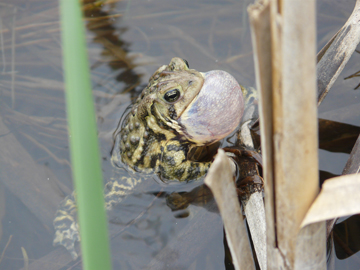
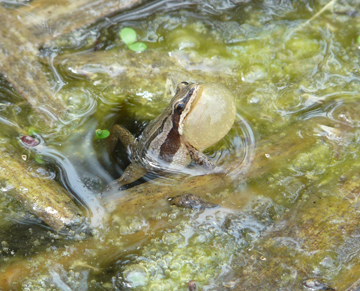
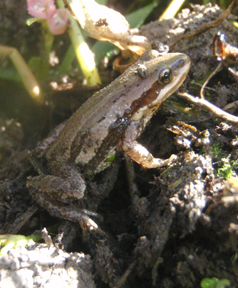
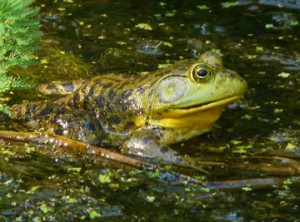
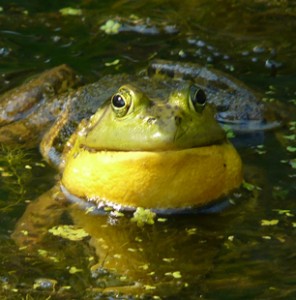


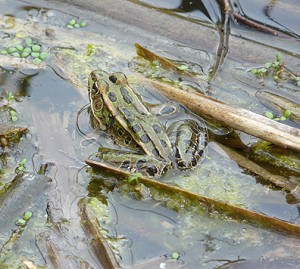
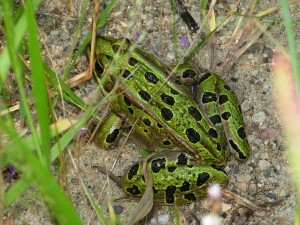
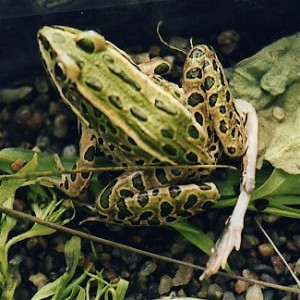
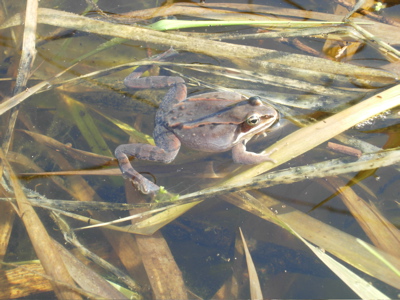
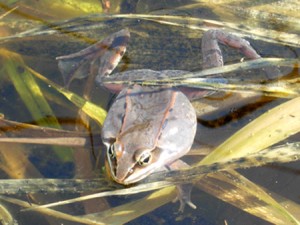
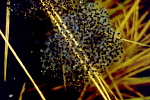
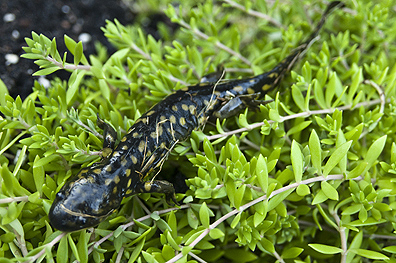

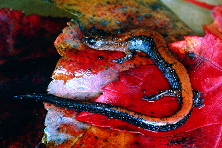
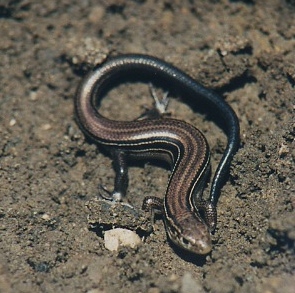
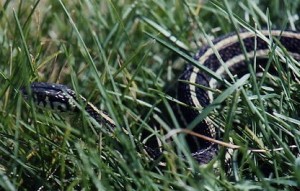
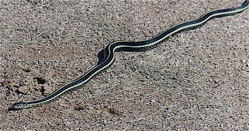
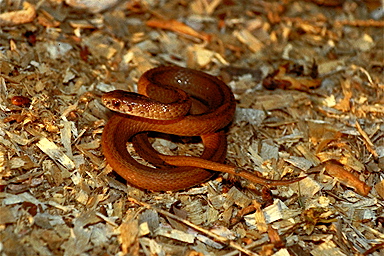
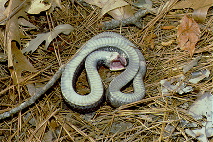
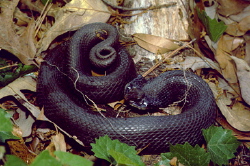
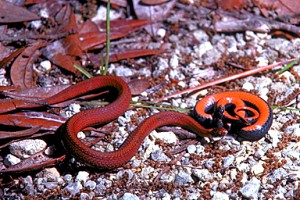
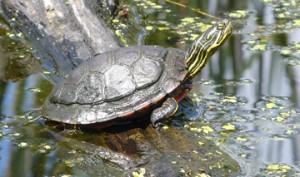
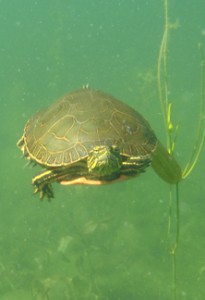

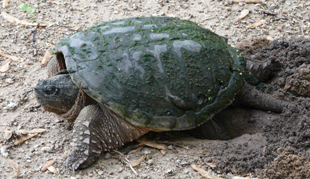




Nice job showcasing these great Midwestern animals!